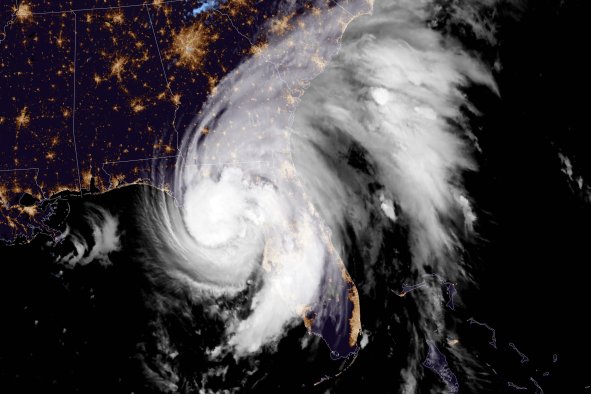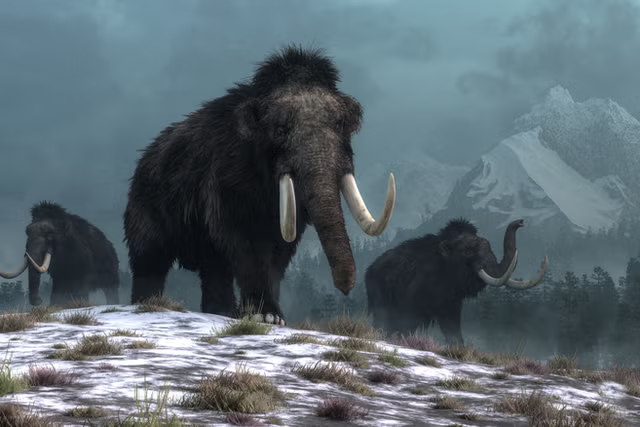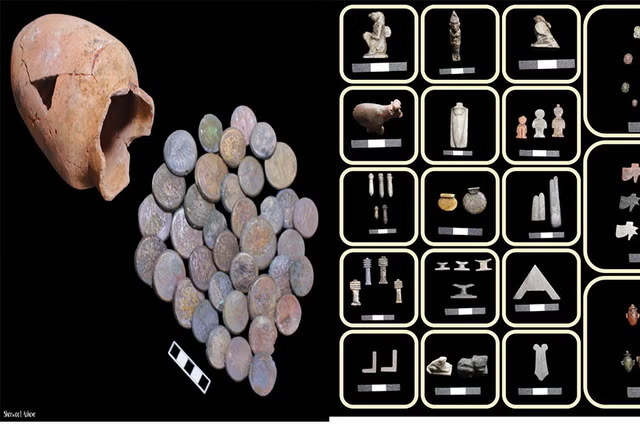The history of Earth's continents might be different from what we first thought.
The most popular theory of how the continents formed billions of years ago may not be right, according to a paper in the journal Nature Geoscience. A researcher at the University of Illinois Chicago has discovered new information about continent formation by using computer models to study ancient magma.
"The geodynamic setting leading to the formation of Earth's first continents remains debated," David Hernández Uribe, an assistant professor of earth and environmental sciences, wrote in the paper.
The early Earth was entirely molten, and its surface began to solidify only as the planet cooled. This solid surface then eventually formed continents, but they were very different ones compared with the world map we know today.
Scientists think that the very first continents formed between 2.5 billion and 4 billion years ago, during the Archean period. To study this period, researchers often examine rare mineral deposits called zircons from this era, which were formed by the cooling of molten magma.
Previous research supported the leading theory of continent formation, which is that these Archean zircons could only have formed by a process known as subduction. This is when two tectonic plates collide underwater and push land up to the surface, which is how new landmasses are still created to this day.
"Subduction-related mechanisms for the formation of Archaean granitoids have been invoked to explain these signatures, suggesting an early initiation of subduction on Earth between 4.0 and 3.6 billion years ago, in the Eoarchaean era," Hernández Uribe wrote in the paper.
However, the new says that subduction was likely not necessary to create Archean zircons and that they could have formed from the high pressures and temperatures involved in the melting of the Earth's thick primordial crust. Therefore, the leading theory of how continents first formed might not be the true explanation, although more research needs to be done.
"Using my calculations and models, you can get the same signatures for zircons and even provide a better match through the partial melting of the bottom of the crust," Hernández Uribe said in a statement. "So based on these results, we still do not have enough evidence to say which process formed the continents."
This discovery could have implications on when exactly the process of plate tectonics began. Under the subduction theory, continents started moving around because of plate tectonics 500 million years after the Earth formed, between 3.6 billion and 4 billion years ago. However, if Hernández Uribe's new theory is correct, plate tectonics wouldn't have started until much later.
"Our planet is the only planet in the solar system that has active plate tectonics as we know it," Hernández Uribe said. "And this relates to the origin of life, because how the first continents moved controlled the weather, it controlled the chemistry of the oceans, and all that is related to life."
Do you have a tip on a science story that Newsweek should be covering? Do you have a question about continent formation? Let us know via science@newsweek.com.
Disclaimer: The copyright of this article belongs to the original author. Reposting this article is solely for the purpose of information dissemination and does not constitute any investment advice. If there is any infringement, please contact us immediately. We will make corrections or deletions as necessary. Thank you.



